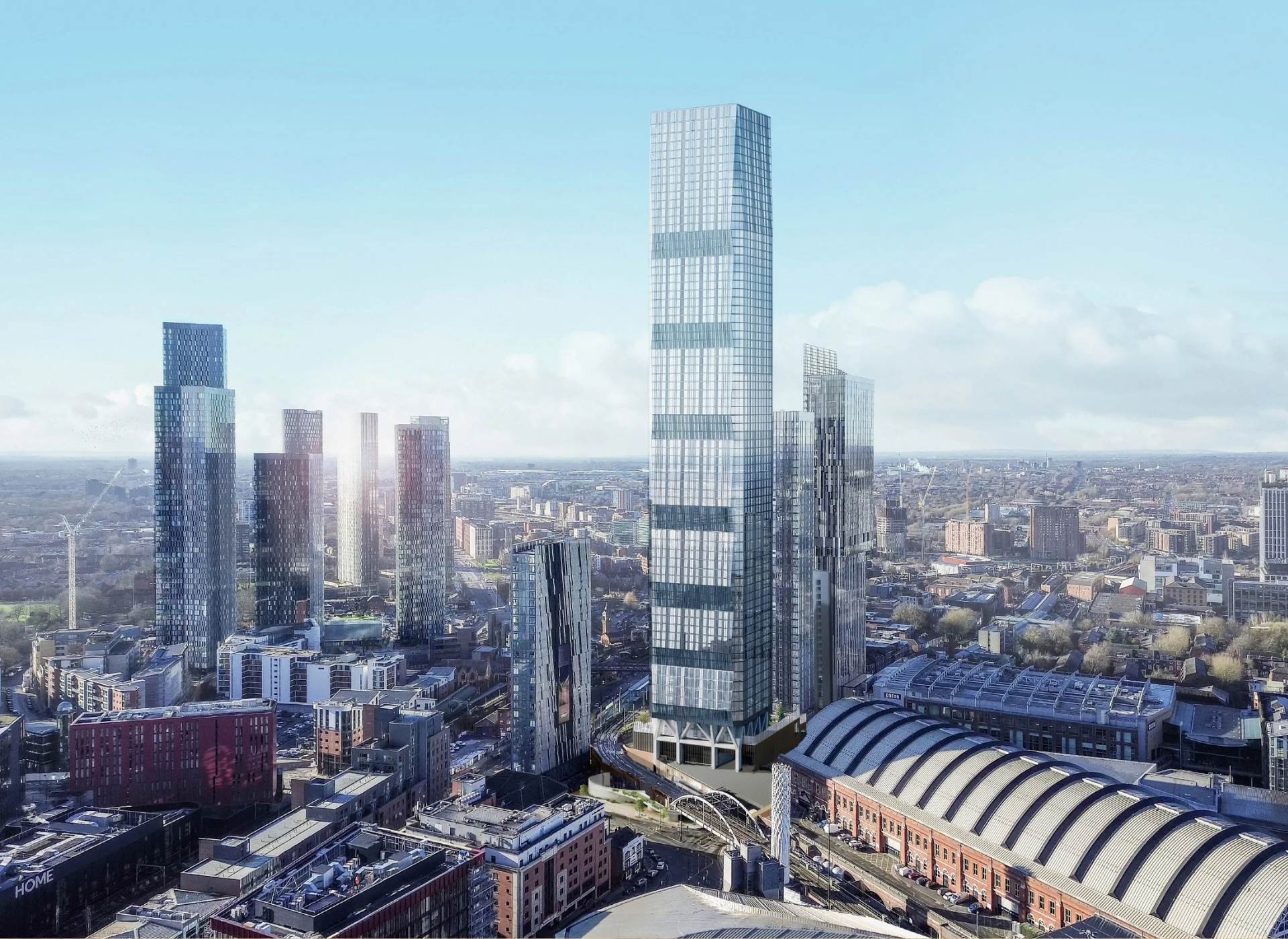Table of Contents
The UK Rental Market 2025: Cooling After Years of Rapid Growth
After several years of record-breaking increases, the UK rental market 2025 is finally beginning to cool. According to the Zoopla Rental Report, average monthly rents for new lets now stand at £1,301, representing a modest 2.4% year-on-year increase. This marks the slowest rate of rental growth in four years.
Rental demand has fallen by 24% compared with 2024, while the supply of available homes has risen by nearly 20%. For the first time in half a decade, the balance between supply and demand is shifting, giving tenants more choice and slightly easing pressure on affordability.
The UK rental market has entered a period of adjustment rather than decline. As the economy stabilises, both landlords and investors must adapt their strategies to sustain strong yields in an evolving environment.
Regional Performance: The North Still Leads the Way
While the national figures show a slowdown, regional data paints a more nuanced picture. Rental yields in northern regions remain resilient, underscoring the enduring strength of the North’s investment fundamentals.
North East
Rents in the North East have risen by 4.6%, outperforming the national average. Yields are among the highest in the country, averaging 7.5% or more. The region’s lower entry prices continue to attract buy-to-let investors seeking reliable income streams and strong long-term growth potential.
North West
The North West remains one of the UK’s strongest performing regions, underpinned by demand in Manchester and Liverpool. Regeneration, employment opportunities, and growing urban populations are sustaining rental demand, ensuring Manchester rental yields remain some of the best in the UK. Investors are finding consistent performance in prime developments such as Furness Quay and Waterhouse Gardens, where modern design and central locations appeal to both tenants and long-term investors.
Scotland
Scotland continues to deliver strong returns, with regional markets like Glasgow and Edinburgh benefitting from a steady stream of professionals and students. Despite regulatory changes, its fundamentals remain robust.
Southern Regions
In contrast, London and the South East are seeing much slower growth, with average rent increases below 2%. Affordability constraints have reached their limits, and tenants in these areas are increasingly stretched. The gap between North and South performance has widened once again, confirming that the best areas for buy-to-let in the UK continue to lie north of the capital.
What’s Driving the Slowdown?
Affordability Constraints
After years of rising rents, many tenants are now spending more than 30% of their income on housing. This threshold is widely viewed as the limit of affordability, meaning upward rent movement has naturally slowed. With living costs still elevated, tenants are prioritising stability and affordability over relocation or upgrades.
Rising Supply
The number of homes available to rent has increased by around 20% year-on-year. Some landlords who previously sold during the 2023–2024 market peak have returned, while new developments have added stock in major cities. This easing of supply has relieved some pressure on tenants and reduced bidding competition for new lets.
Economic Stabilisation
Lower inflation, a steady labour market, and modest wage growth have helped cool the sense of urgency that dominated the post-pandemic rental surge. The moderation of UK rent growth reflects a more balanced market that may support long-term sustainability rather than short bursts of excessive increases.
Regulatory Shifts
Legislative changes, including the upcoming Renters’ Reform Bill and updated EPC standards, are also influencing landlord decisions. Some investors are re-evaluating older stock that may require upgrades, while others are focusing on energy-efficient new builds that align with future compliance requirements.
Implications for Landlords and Investors
Although the pace of UK rent growth has slowed, the underlying fundamentals remain strong. The national average yield sits around 6%, with significantly higher returns available in the North West, North East, and parts of Scotland.
For landlords, this means a market that rewards quality, management, and long-term perspective rather than short-term rent hikes. The cooling market also introduces new considerations:
- Competition for quality tenants is rising as supply improves. Well-presented, energy-efficient homes are attracting quicker lets.
- Tenant expectations around property condition, sustainability, and digital connectivity are increasing.
- Portfolio management is now essential, particularly for those using leveraged finance, as higher borrowing costs continue to affect margins.
Investors who adapt proactively, focusing on efficiency, tenant experience, and regional diversification, will continue to achieve strong performance despite changing conditions.
How Investors Can Respond in the UK Rental Market
Focus on High-Yield Areas
Cities such as Manchester continue to outperform national averages for rental yields and capital appreciation. These northern markets offer attractive entry prices and sustained tenant demand from young professionals and students.
Invest in Energy-Efficient, Modern Stock
Sustainability is increasingly shaping tenant preferences. Energy-efficient developments not only reduce running costs but also protect long-term property value. Investors prioritising EPC compliance and modern building standards will benefit from higher tenant retention and lower void periods.
Review Rental Pricing Strategies
Balancing rental growth with tenant retention is key. Overpricing can result in longer voids and higher turnover costs. Regularly reviewing local data and adjusting rental levels to remain competitive helps sustain occupancy and long-term profitability.
Diversify Your Portfolio
Consider adding short-term or serviced accommodation in high-demand urban centres to enhance returns. Diversification across property types and locations reduces exposure to localised fluctuations in the UK rental market 2025.
Plan for the Long Term
Despite the slowdown, the broader outlook for property investment remains positive. Structural factors such as limited housing supply, continued urbanisation, and demographic growth ensure enduring demand. Investors who take a strategic, long-term approach can secure consistent income and benefit when the next cycle of growth begins.
How TK Property Group Can Help
At TK Property Group, we specialise in identifying high-performing property opportunities that align with current market dynamics. Our developments across the North West deliver premium, energy-efficient homes that appeal to today’s renters and meet the evolving standards of the modern rental market.
Whether you’re exploring off-plan investments or reviewing your existing portfolio, our experts can provide tailored guidance to help you maximise yield, minimise risk, and build long-term value.
- Book your free consultation
- Or contact us directly for personalised advice
The Bottom Line
The UK rental market 2025 may be cooling, but it is far from weak. The slowdown in UK rent growth represents a healthy recalibration after several years of unsustainable acceleration. Investors who understand these shifts and adapt accordingly can continue to secure strong, stable returns.
The North West and North East remain the clear front-runners, offering the best areas for buy-to-let in the UK with strong Manchester rental yields, resilient tenant demand, and excellent long-term prospects.





